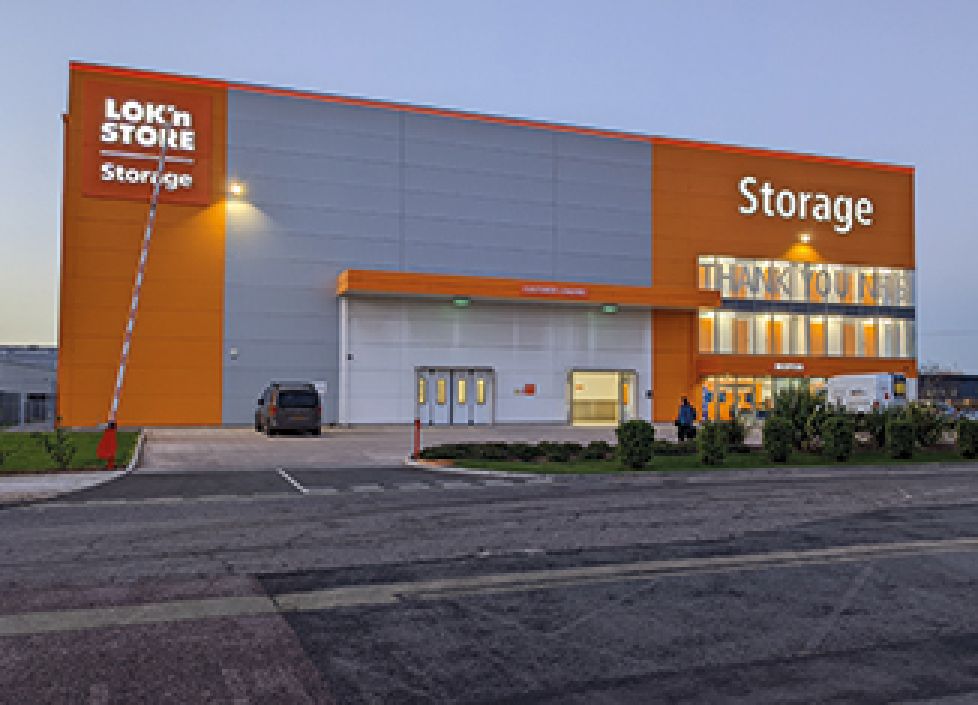Whether a site is suitable for housing development will always come down to its location and other site-specific issues. Much has been written in recent years about Britain's so-called housing crisis - yet millions of acres of brownfield sites across the UK remain undeveloped. Is this a wasted opportunity or are there other reasons why so many brownfield sites remain undeveloped?
Brownfield sites are former industrial and/or commercial sites. Whilst brownfield does not always mean contaminated, one of the common reasons why brownfield sites may be developed for housing is the presence of contamination.
Remediation - decontaminating the land and making it safe to build upon - can be expensive and complex. Naturally, this will add to the overall development costs as extensive due diligence will need to be carried on. With house prices in the doldrums in much of the country, any added expense is a further deterrent to build for developers.
Redeveloping brownfield sites requires the developer to seek specialist environmental advice to ensure that appropriate measures are taken to identify and reduce risks. Any development proposals must be compliant with existing environmental regulations concerning remediation works.
The Environmental Agency is involved in issuing various permits for treatment of land. There is always a risk that unknown, dormant issues could arise further down the line. Who would chose to live on a site that previously had been a petrol station or a paint factory? It is necessary to weigh up the desirability of housing adjacent to heavy industry or unattractive propositions such as landfill sites.




















